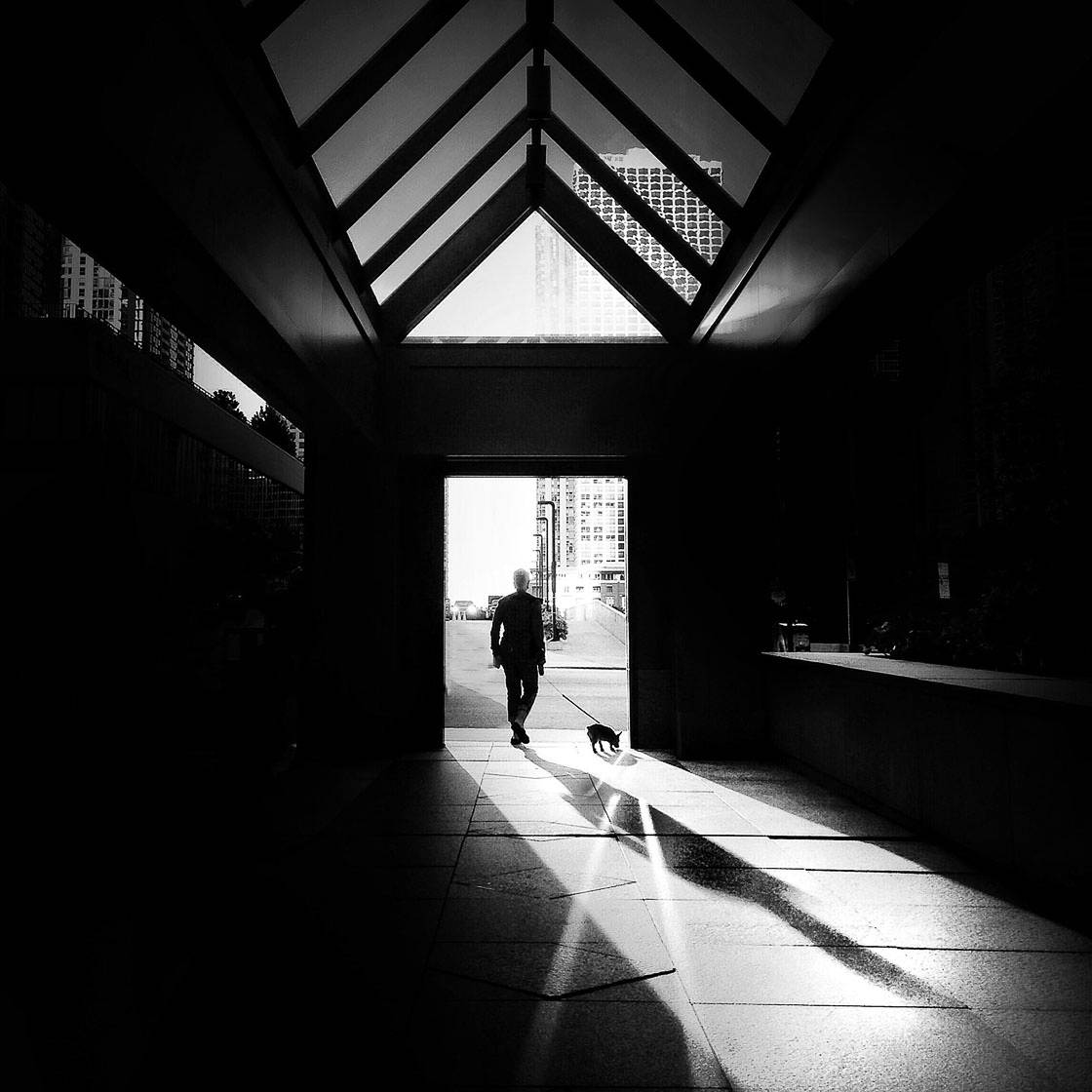Excitement About Street Photographers
Excitement About Street Photographers
Blog Article
See This Report on Street Photographers
Table of ContentsSee This Report about Street PhotographersThe Greatest Guide To Street PhotographersThe Best Guide To Street PhotographersThe Street Photographers IdeasStreet Photographers for Beginners
Street professional photographers do not necessarily have a social objective in mind, but they favor to separate and capture minutes which may or else go undetected.He was influenced by several of those who affected the street professional photographers of the 1950s and '60s, he was not mainly interested in catching the spirit of the road. The impulse to aesthetically record people in public began with 19th-century painters such as Edgar Degas, douard Manet, and Henri de Toulouse-Lautrec, that functioned side by side with digital photographers attempting to record the significance of city life.
Due to the somewhat primitive modern technology readily available to him and the lengthy direct exposure time needed, he had a hard time to catch the stress of the Paris roads. He explored with a collection of photo approaches, trying to discover one that would allow him to capture activity without a blur, and he located some success with the calotype, patented in 1841 by William Henry Fox Talbot. While the digital photographers' topic was basically the exact same, the results were significantly various, demonstrating the effect of the professional photographer's intent on the character of the images he produced.
Provided the great top quality of his pictures and the breadth of material, designers and musicians frequently purchased Atget's prints to utilize as reference for their own work, though commercial interests were barely his major inspiration. Instead, he was driven to photograph every last remnant of the Paris he liked.
How Street Photographers can Save You Time, Stress, and Money.
They disclose the city through his eyes. His job and basic understanding of digital photography as an art type served as ideas to generations of photographers that followed. The future generation of road professional photographers, though they likely did not refer to themselves thus, was ushered in by the photojournalism of Hungarian-born digital photographer Andr Kertsz.
Unlike his peers, Brassa utilized a larger-format Voigtlnder video camera with a much longer direct exposure time, forcing him to be more computed and thoughtful in his practice than he may have been if making use of a Leica. (It is assumed that he may not have actually been able to afford a Leica during that time, but he did, however, utilize one in the late 1950s to take colour photographs.) Brassa's pictures of the Paris underworld lit up by synthetic light were a discovery, and the compilation of the series that he released, (1933 ), was a major success.
Cartier-Bresson was a champion of the Leica electronic camera and one of the very first photographers to maximize its capabilities. The Leica enabled the professional photographer to interact with the surroundings and to catch moments as they took place. Its reasonably small size likewise aided the photographer discolor into the background, which was Cartier-Bresson's favored technique.
The smart Trick of Street Photographers That Nobody is Discussing
It is due to this essential understanding of the art of photo taking that he is commonly attributed with finding the medium all over again roughly a More hints century because its innovation. He took photographs for greater than a half century and affected generations of photographers to trust their eye and instinct in the minute.
These are the questions I shall try to respond to: And after that I'll leave you with my own interpretation of street photography. Yes, we do. Allow's begin with defining what a definition is: According to (Street Photographers) it click this link is: "The act of specifying, or of making something guaranteed, unique, or clear"
No, absolutely not. The term is both limiting and misinforming. Seems like a road photography must be pictures of a roads ideal?! And all street photographers, besides a tiny number of outright beginners, will totally appreciate that a road is not the crucial element to road photography, and in fact if it's a photo of a street with possibly a few dull people not doing anything of passion, that's not street photography that's a picture of a road.
The Main Principles Of Street Photographers
He makes a legitimate point do not you assume? Nevertheless, while I agree with him I'm unsure "candid public digital photography" will certainly catch on (although I do kind of like the term "honest digital photography") because "street photography" has actually been around for a very long time, with numerous masters' names affixed to it, so I believe the term is here to remain.
You can fire at the coastline, at a festival, in an alley, in a park, in a piazza, in a cafe, at a gallery or art gallery, in a metro station, at an occasion, on a bridge, under a bridge ...
Yes, I'm afraid we have no choice! Without policies we can not try this website have an interpretation, and without a definition we do not have a style, and without a genre we do not have anything to specify what we do, and so we are stuck in a "policies interpretation genre" loop!
Street Photographers - The Facts

Report this page